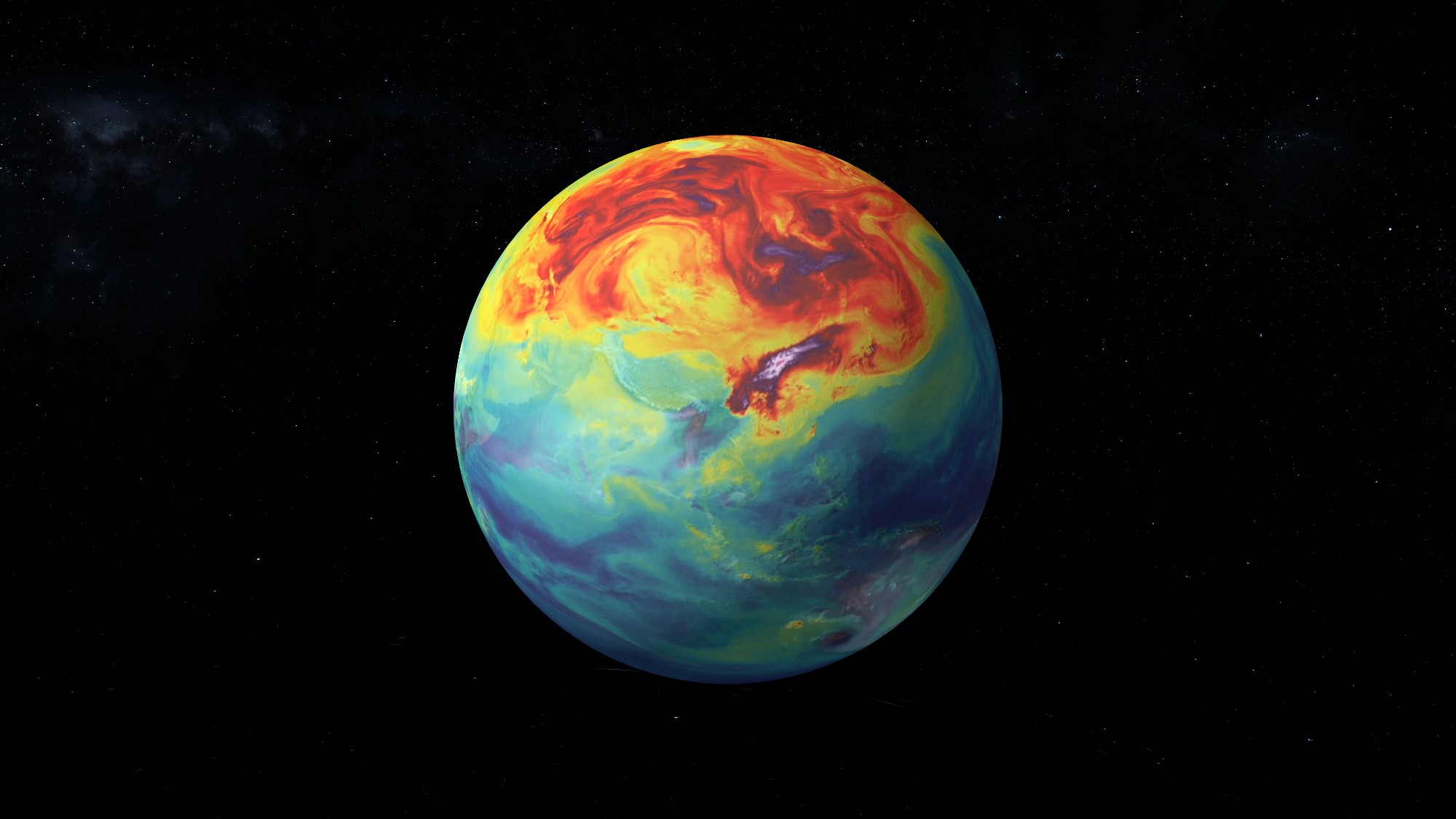What are rogue waves and what causes them?
Once dismissed as mythology, the 'giant colossi' are now taken very seriously

For centuries, seafaring folks' reports of terrifyingly huge waves that appeared out of nowhere were dismissed as fantasy by those on dry land.
Now, the existence of these "real sea monsters" that have "swallowed up dozens of ships" is widely accepted, said Metro, and experts are working to understand what causes them and whether climate change is making them more common.
What are rogue waves?
Rogue waves are "giant colossi of the sea", wrote Professor in Ocean Engineering at the University of Melbourne, Alessandro Toffoli, on The Conversation. The "notorious phenomenon" sees "unimaginable mountains of water as tall as 10-storey buildings" appear "seemingly out of nowhere".
The Week
Escape your echo chamber. Get the facts behind the news, plus analysis from multiple perspectives.

Sign up for The Week's Free Newsletters
From our morning news briefing to a weekly Good News Newsletter, get the best of The Week delivered directly to your inbox.
From our morning news briefing to a weekly Good News Newsletter, get the best of The Week delivered directly to your inbox.
They should not be confused with tsunamis, which are large waves (or series of waves) that crash onto a coastline, usually after an earthquake or volcanic eruption under the water.
In contrast, rogue waves have "much steeper slopes", said BBC Science Focus, and they don't just break on shorelines – they can break in the open ocean. Many accounts describe them as "walls of water" because of their "unusually deep troughs", said Indy100.
A study published in Science Direct, based on media reports, recorded just 210 rogue waves worldwide between 2011 and 2018, but the "real number is thought to be much higher", said BBC Science Focus.
On New Year's Day 1995, a 26m high surge was recorded at a gas platform in the North Sea, and scientists started taking reports of rogue waves seriously. In 2018, eight crew members had to be rescued when massive waves sank a fishing boat off Hawaii, and, in 2022, a suspected rogue wave smashed into a cruise ship sailing from Antarctica to Argentina, killing one passenger.
A free daily email with the biggest news stories of the day – and the best features from TheWeek.com
Rogue waves can also form in large bodies of fresh water, said National Geographic. One of the most famous US shipwrecks of the 20th century, the Edmund Fitzgerald, was probably caused by at least one rogue wave on Lake Superior, one of the Great Lakes of North America.
What causes rogue waves?
Some scientific studies have found that wave heights could increase as a result of climate change, so experts are scrambling to understand them better.
Exactly what triggers rogue waves is "up for debate", said BBC Science Focus, and it's thought that there are "several different factors at play". The overlap of multiple waves at the same location and time can cause concentrated energy, leading to tall waves. In other words, "wave-wave" interactions, where waves travelling in different directions cross each other, can create even bigger waves.
Strong winds may also play their part, because they "push harder" on some already tall wave forms. Rogue waves have been more common when waves were travelling in one direction, rather than spreading out. "It's understandable," University of South Florida researcher Laura Azevedo told the magazine, because "when you have all the energy of the sea creating that one wave, that's a big wave."
A study on phys.org found that extreme wave heights in many places are likely to grow by between 5% and 8% by 2100, depending on how much carbon dioxide humans "pump into the atmosphere over the coming decades".
Although it's "difficult" to predict when rogue waves will strike, as "understanding grows", scientists could use modelling techniques to make "more accurate long-term predictions".
All of this research and progress is belated vindication for the 19th-century French explorer and naval officer, Jules Dumont d’Urville, who gained "fame and prestige" for his sailing expeditions. When he reported seeing rogue waves of over 100 feet high on his voyages his claims were dismissed and he was "publicly ridiculed" by then French prime minister Franҫois Arago, noted the American Physical Society.
Chas Newkey-Burden has been part of The Week Digital team for more than a decade and a journalist for 25 years, starting out on the irreverent football weekly 90 Minutes, before moving to lifestyle magazines Loaded and Attitude. He was a columnist for The Big Issue and landed a world exclusive with David Beckham that became the weekly magazine’s bestselling issue. He now writes regularly for The Guardian, The Telegraph, The Independent, Metro, FourFourTwo and the i new site. He is also the author of a number of non-fiction books.
-
 7 bars with comforting cocktails and great hospitality
7 bars with comforting cocktails and great hospitalitythe week recommends Winter is a fine time for going out and drinking up
-
 7 recipes that meet you wherever you are during winter
7 recipes that meet you wherever you are during winterthe week recommends Low-key January and decadent holiday eating are all accounted for
-
 Nine best TV shows of the year
Nine best TV shows of the yearThe Week Recommends From Adolescence to Amandaland
-
 How climate change is affecting Christmas
How climate change is affecting ChristmasThe Explainer There may be a slim chance of future white Christmases
-
 Why scientists are attempting nuclear fusion
Why scientists are attempting nuclear fusionThe Explainer Harnessing the reaction that powers the stars could offer a potentially unlimited source of carbon-free energy, and the race is hotting up
-
 The moon is rusting
The moon is rustingUnder the radar The Earth is likely to blame
-
 Canyons under the Antarctic have deep impacts
Canyons under the Antarctic have deep impactsUnder the radar Submarine canyons could be affecting the climate more than previously thought
-
 NASA is moving away from tracking climate change
NASA is moving away from tracking climate changeThe Explainer Climate missions could be going dark
-
 Atoms into gold: alchemy's modern resurgence
Atoms into gold: alchemy's modern resurgenceUnder the radar The practice of alchemy has been attempted for thousands of years
-
 Hurricanes are not exclusive to Earth. They can happen in space.
Hurricanes are not exclusive to Earth. They can happen in space.Under the radar These storms may cause navigational problems
-
 What would happen to Earth if humans went extinct?
What would happen to Earth if humans went extinct?The Explainer Human extinction could potentially give rise to new species and climates